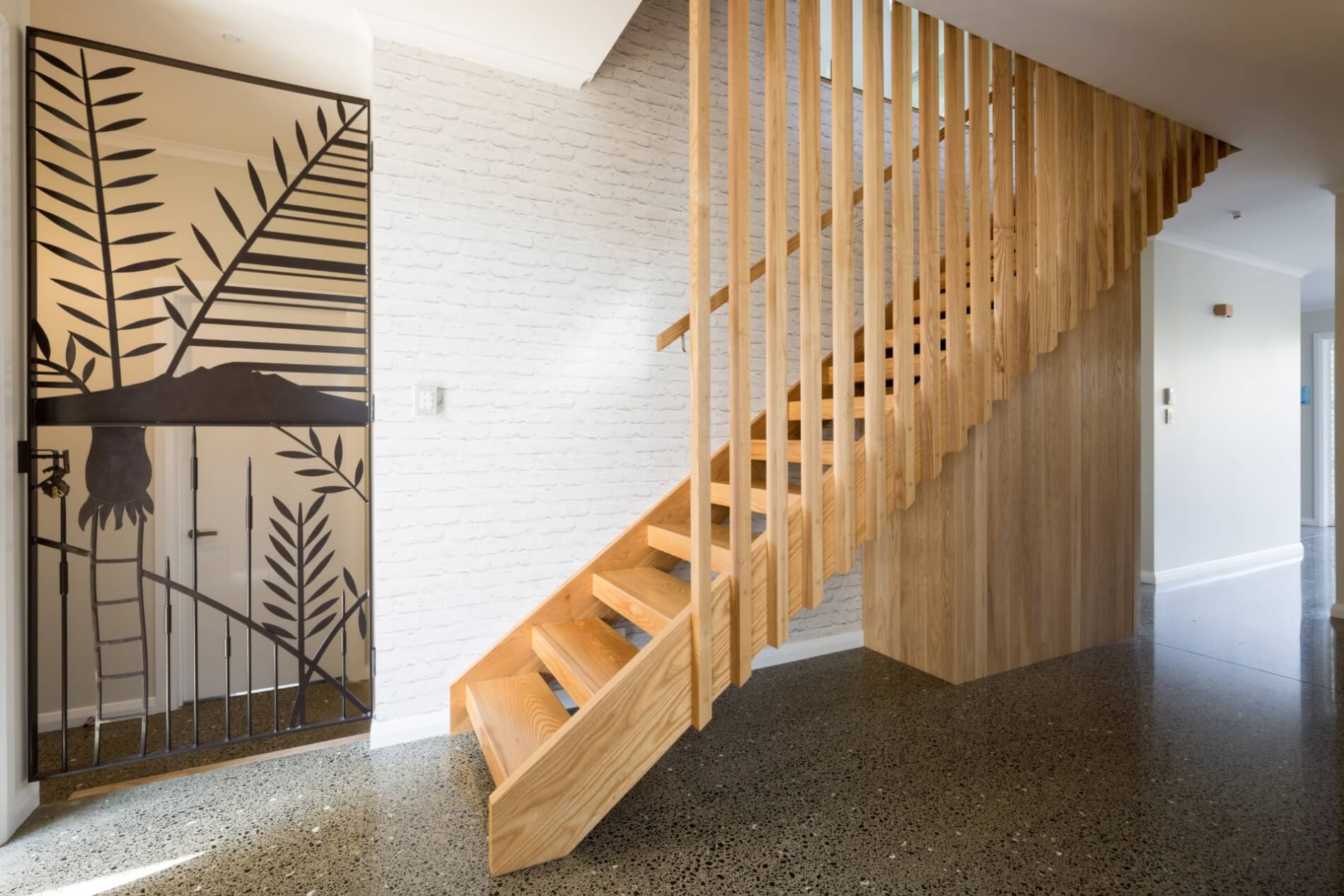

Articles
How To Reduce Noise From Wooden Stairs
Modified: February 23, 2024
Learn effective strategies and techniques to reduce noise from wooden stairs with our informative articles.
(Many of the links in this article redirect to a specific reviewed product. Your purchase of these products through affiliate links helps to generate commission for Storables.com, at no extra cost. Learn more)
Introduction
Wooden stairs can add a touch of elegance and charm to any home. However, one common problem that homeowners often face with wooden stairs is the issue of noise. The creaking and squeaking sounds that emanate from wooden stairs can be annoying and disrupt the peace and quiet of your home. Fortunately, there are solutions to reduce and even eliminate the noise produced by wooden stairs.
In this article, we will explore various methods to address the issue of noise in wooden stairs. From understanding the types of noise to assessing the level of noise in your stairs, we will guide you through the process of identifying the problem and finding the best solutions. Whether you are dealing with creaking steps or noisy handrails, we have got you covered!
So, why do wooden stairs tend to produce noise? Let’s find out.
Key Takeaways:
- Say goodbye to annoying creaks and squeaks in your wooden stairs by addressing structural issues, adding soundproofing materials, and applying anti-slip solutions. Enjoy a quieter and more peaceful staircase experience!
- Understanding the types of noise, assessing the level of noise, and regular maintenance are crucial for reducing and eliminating noise in wooden stairs. Take proactive steps to create a serene and comfortable staircase experience.
Read more: How To Reduce Noise From An Air Conditioner
Why Wooden Stairs Can Be Noisy
Wooden stairs can become noisy due to several factors. One of the main reasons is the natural expansion and contraction of wood. Wood is a hygroscopic material, meaning it absorbs and releases moisture from the surrounding environment. This moisture absorption causes the wood to swell, while moisture loss causes it to shrink. As a result, gaps can form between the different components of the staircase, leading to movement and noise.
Another reason for the noise is inadequate construction and installation. If the stairs were not properly built or installed, they may lack stability and support, causing them to shift and produce noise when weight is applied.
Furthermore, the age and wear-and-tear of the stairs can contribute to the noise issue. Over time, the constant use and foot traffic can cause the wooden components to loosen and become less securely attached. This can result in increased movement and noise when walking up or down the stairs.
In addition, environmental factors such as temperature and humidity can affect wooden stairs. Temperature fluctuations and high humidity levels can lead to the expansion and contraction of the wood, exacerbating the noise problem.
Lastly, the type of wood used for the stairs can also influence the level of noise. Softer woods, such as pine or plywood, are more prone to creaking and squeaking compared to harder woods like oak or maple.
Now that we understand why wooden stairs can be noisy, let’s delve into the different types of noise you may encounter.
Understanding the Types of Noise in Wooden Stairs
When it comes to wooden stairs, there are several types of noise that you may experience. Identifying the specific type of noise can help you determine the underlying cause and find an appropriate solution.
1. Creaking: Creaking is the most common type of noise associated with wooden stairs. It is characterized by a high-pitched sound that occurs when pressure is applied to a stair tread or riser. This noise is typically caused by the movement of loose components or the rubbing of wood against wood.
2. Squeaking: Squeaking is another common noise that can be heard in wooden stairs. Unlike creaking, squeaking is a lower-pitched noise that occurs when weight is applied to a step. This noise is often caused by a lack of lubrication between the wooden components, resulting in friction and rubbing.
3. Cracking: Cracking noises can occur when the wooden stairs experience significant stress or when there are structural issues. These noises can be sharp and loud, indicating potential damage or movement within the staircase.
4. Stair Rail Noise: Apart from the steps themselves, the handrails and balusters in wooden stairs can also contribute to noise. Loose or improperly fastened handrails and balusters can produce rattling or shaking sounds when touched or leaned on.
By understanding the different types of noise, you can narrow down the cause and proceed with the appropriate solutions. In the next sections, we will discuss how to assess the level of noise and address the underlying issues in your wooden stairs.
Assessing the Level of Noise in Your Wooden Stairs
Before you can effectively address the noise issue in your wooden stairs, it’s important to assess the level of noise and determine its severity. Here are a few steps to help you evaluate the situation:
1. Identify the specific areas: Walk up and down your stairs to pinpoint the areas that produce the most noise. Pay attention to which steps or handrails create the creaking, squeaking, or cracking sounds.
2. Observe the conditions: Notice if the noise occurs only when pressure is applied to specific steps or if it happens consistently throughout the staircase. Take note of any changes in the noise level based on different factors, such as temperature or humidity.
3. Check for visible damage or wear: Inspect the stairs visually for any visible signs of damage, such as cracks, gaps, or loose components. Look for signs of wear and tear, such as worn-out treads or risers.
4. Test the stability: Test the stability of the stairs by applying gentle pressure to different areas. Check if there is excessive movement or wobbling. A stable staircase should not move significantly when weight is applied.
5. Document the findings: Take notes or make a mental map of the areas and types of noise you have identified. This will help you when implementing the appropriate solutions.
By assessing the level and nature of the noise, you can better understand the underlying issues and proceed to address them effectively. The next section will focus on ways to reduce noise by addressing structural issues in your wooden stairs.
Addressing Structural Issues to Reduce Noise
If the noise in your wooden stairs is primarily caused by structural issues, addressing these issues is crucial to reduce the noise. Here are some steps you can take to tackle structural problems:
1. Tighten loose components: Use a screwdriver or drill to tighten any loose screws or nails in the treads, risers, and handrails. Make sure all components are securely fastened to prevent movement and noise.
2. Fill gaps and cracks: If you notice any gaps or cracks between the components of your stairs, fill them with a suitable wood filler or adhesive. This helps to minimize movement and reduce noise caused by friction.
3. Reinforce the stairs: If you find that the stairs are wobbly or unstable, additional reinforcement may be necessary. Install extra support brackets, braces, or blocks underneath the treads and risers to enhance stability and reduce movement.
4. Replace damaged components: If any of the stair components are significantly damaged or worn out, consider replacing them. This includes replacing cracked or splintered treads, damaged risers, or loose handrails.
5. Adjust tight or rubbing components: If certain steps are rubbing against each other or against the surrounding structure, you can try adjusting them. Use a plane or sandpaper to gently shave off small amounts of wood for a better fit.
By addressing these structural issues, you can significantly reduce the movement and friction that causes noise in your wooden stairs. However, if the noise persists, you may need to consider additional soundproofing methods, which will be discussed in the following section.
Consider adding a carpet runner or stair treads to reduce noise from wooden stairs. These can help absorb sound and provide a softer surface for footsteps.
Read more: How To Reduce HVAC Noise
Adding Soundproofing Materials to the Staircase
If structural adjustments alone don’t fully eliminate the noise in your wooden stairs, adding soundproofing materials can further reduce the sound transmission. Here are some effective soundproofing methods to consider:
1. Carpet or Rug: Installing a carpet or rug on the stairs can help absorb and reduce the noise generated by foot traffic. Choose a dense and thick carpet or use carpet padding for better sound insulation. Make sure to secure the carpet properly to prevent tripping hazards.
2. Underlayment: Adding an underlayment material such as acoustic foam or rubber mats underneath the carpet or flooring can provide additional soundproofing. These materials help dampen the impact noise and prevent it from traveling through the wooden structure.
3. Soundproofing Padding: Attach self-adhesive soundproofing padding to the bottom side of each step. This padding helps to cushion the impact and reduce noise caused by footfall. It also helps to create a barrier between the stairs and the underlying floor or subfloor, preventing sound transmission.
4. Weatherstripping: Apply weatherstripping tape to the edges of the stairs where they come into contact with the walls or any adjacent components. This can help reduce the noise of rubbing and eliminate gaps that may cause resonance and amplification of noise.
5. Acoustic Panels: Install acoustic panels on the walls surrounding the staircase. These panels are designed to absorb sound waves and reduce echo, thereby minimizing noise reflection and transmission.
By incorporating soundproofing materials into your staircase, you can significantly reduce the noise levels and create a quieter living environment. However, if you are still experiencing noise issues, there are additional steps you can take to minimize noise, which will be discussed in the following section.
Applying Anti-Slip Solutions to Minimize Noise
Another effective approach to minimize noise in wooden stairs is by applying anti-slip solutions. These solutions not only reduce the risk of slips and falls but also help dampen the noise generated during regular use. Here are some anti-slip solutions to consider:
1. Non-Slip Tread Mats: Install non-slip tread mats on each step of the staircase. These mats are made of materials like rubber or adhesive-backed grip tape, which provide traction and reduce noise by cushioning footfall impact. They are easy to install and can be easily replaced if needed.
2. Stair Nosing: Attach stair nosing to the front edge of each step. Stair nosing is a protective strip that adds a durable and non-slip surface to the edge of the stair. It not only enhances safety but also helps reduce noise by minimizing the contact between the foot and the wooden surface.
3. Rubber Pads: Apply rubber pads or bumpers to the bottom of the stair treads and risers. These pads help dampen vibrations and lessen the impact noise when walking up or down the stairs. They also create a cushioning effect that reduces the chances of noise caused by wood-to-wood contact.
4. Silicone or Wax Lubricant: Apply a silicone or wax lubricant to any areas that are prone to rubbing or squeaking. These lubricants help reduce friction between wooden components, minimizing noise. Be sure to select a product specifically designed for wood to avoid damage or discoloration.
By applying these anti-slip solutions, you not only decrease the noise levels but also enhance the safety of your staircase. Regular maintenance and troubleshooting can also play a significant role in reducing noise, as discussed in the next section.
Regular Maintenance and Troubleshooting Tips
To keep your wooden stairs in optimal condition and minimize noise, regular maintenance is essential. Here are some maintenance and troubleshooting tips to help you maintain a quiet and well-functioning staircase:
1. Tighten screws and nails: Periodically check for any loose screws or nails and tighten them as needed. Loose components can contribute to noise and instability, so keeping them secure is important.
2. Lubricate hinges and joints: Apply a lubricant, such as silicone or graphite, to the hinges and joints of the stairs. This helps to reduce friction and prevent unnecessary noise caused by rubbing.
3. Inspect for damage: Regularly inspect your wooden stairs for any signs of damage, such as cracks, splintering, or wear. Address any issues promptly to prevent further deterioration and noise problems.
4. Clean regularly: Keep your stairs clean by removing any debris, dust, or dirt that may accumulate over time. A clean staircase reduces the chance of friction and noise caused by particles getting trapped between components.
5. Address moisture issues: Moisture can cause wood to swell and shrink, leading to noise and structural problems. Ensure proper ventilation and address any moisture issues in your home to protect your wooden stairs from excessive expansion or contraction.
6. Consider professional inspection: If you are experiencing persistent or severe noise issues despite your best efforts, it may be beneficial to consult a professional. They can conduct a thorough inspection of your stairs and provide expert guidance on the necessary repairs or improvements.
By following these maintenance tips and promptly addressing any issues, you can extend the lifespan of your wooden stairs and maintain a quiet and peaceful environment in your home.
Conclusion
Noisy wooden stairs can be a frustrating issue, but with the right knowledge and solutions, you can reduce or even eliminate the noise. By addressing structural issues, adding soundproofing materials, applying anti-slip solutions, and maintaining your stairs regularly, you can create a quieter and more enjoyable staircase experience.
Remember that understanding the types of noise, assessing the level of noise, and identifying the underlying causes are crucial for effective solutions. Whether it’s tightening loose components, filling gaps, or reinforcing the stairs, taking the time to address structural issues can significantly reduce noise.
Furthermore, incorporating soundproofing materials such as carpets, underlayment, or acoustic panels can further dampen noise transmission, while anti-slip solutions like tread mats, stair nosing, or rubber pads can improve safety and minimize noise caused by foot traffic.
Regular maintenance, including tightening screws, lubricating hinges, and addressing moisture issues, is essential for keeping your staircase in good condition and reducing noise over time. If necessary, consult with a professional to diagnose any persistent noise problems and provide expert advice.
By implementing these strategies and taking proactive steps towards noise reduction, you can transform your wooden stairs into a quiet and peaceful feature of your home. So, say goodbye to those annoying creaks and squeaks, and enjoy a serene and comfortable staircase experience.
Frequently Asked Questions about How To Reduce Noise From Wooden Stairs
Was this page helpful?
At Storables.com, we guarantee accurate and reliable information. Our content, validated by Expert Board Contributors, is crafted following stringent Editorial Policies. We're committed to providing you with well-researched, expert-backed insights for all your informational needs.
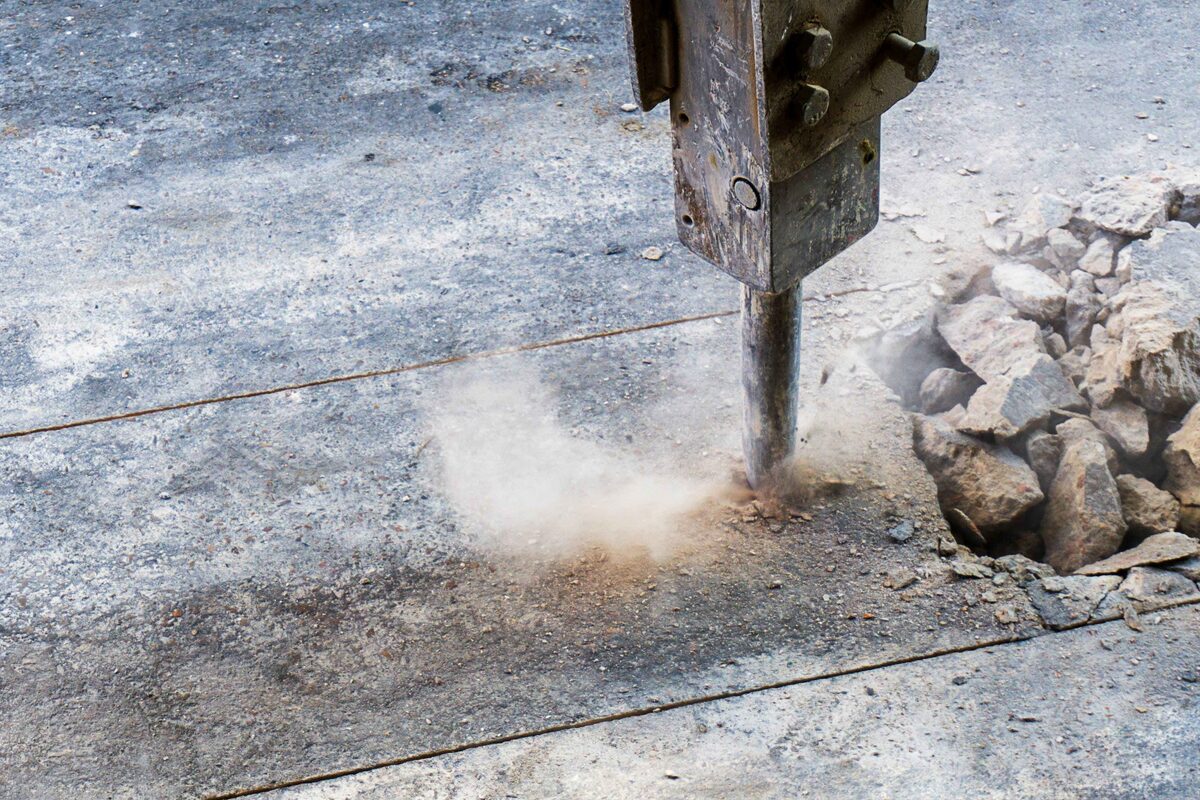
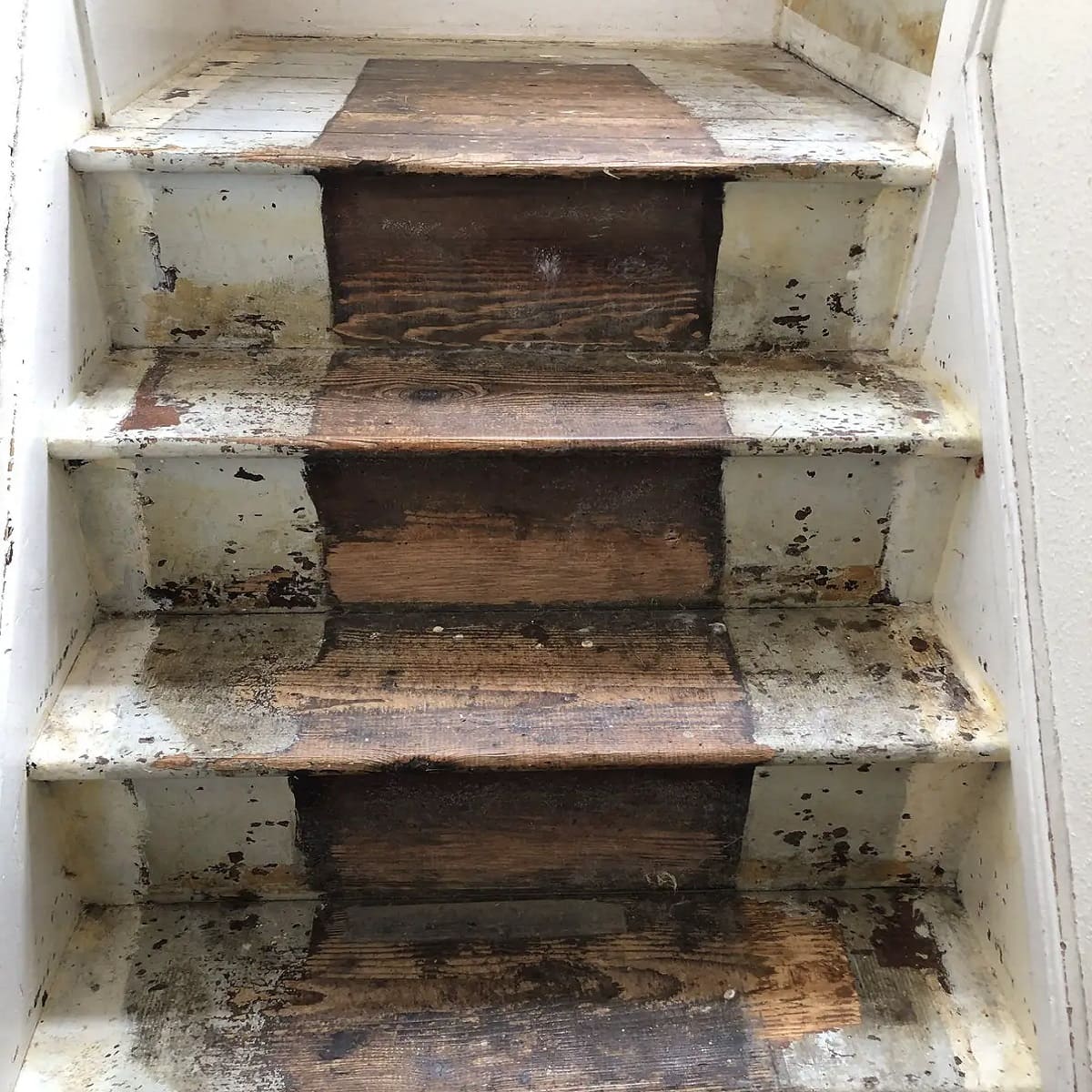
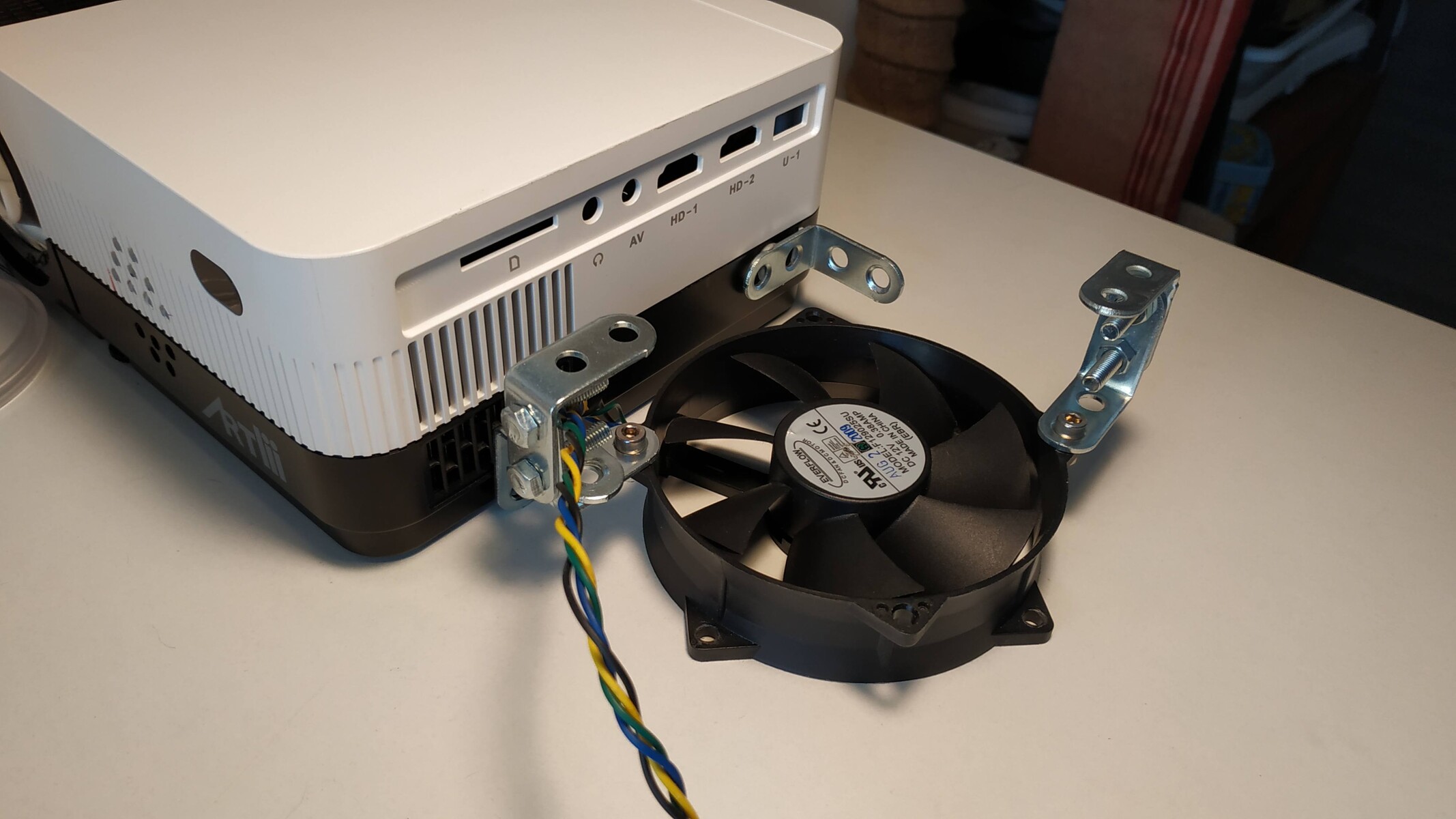


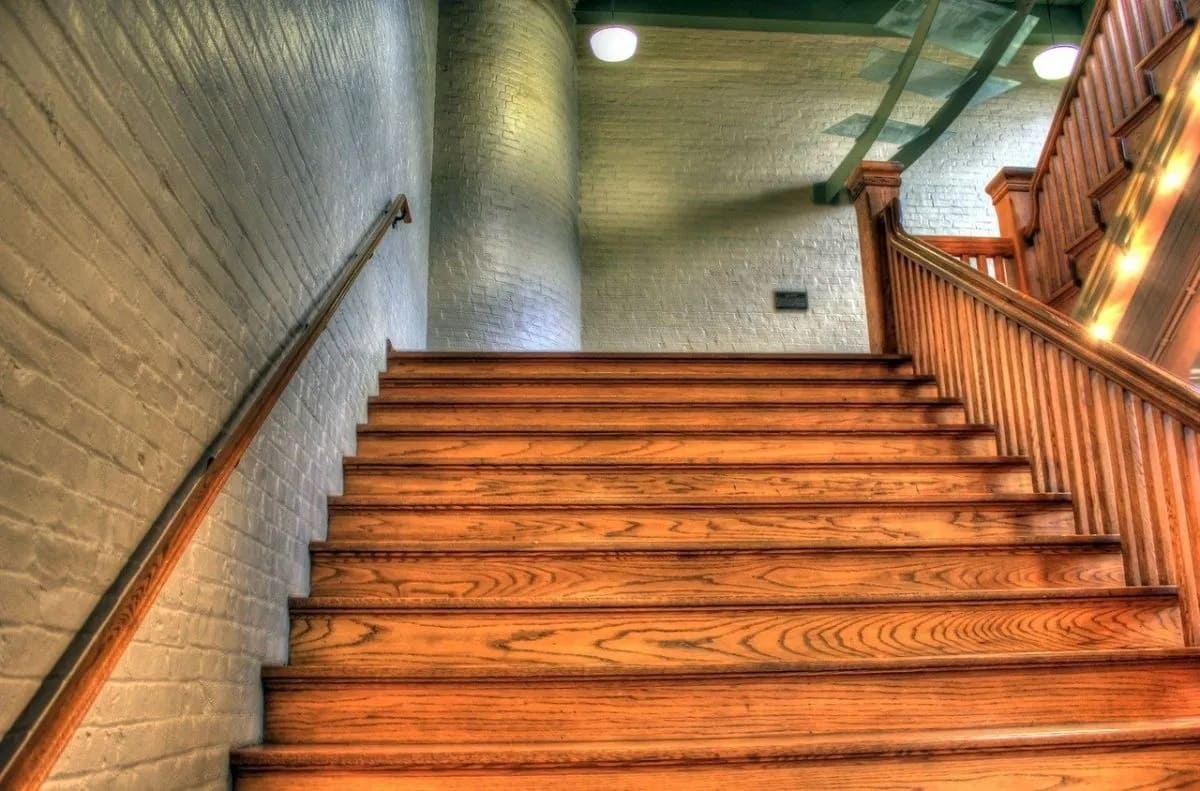
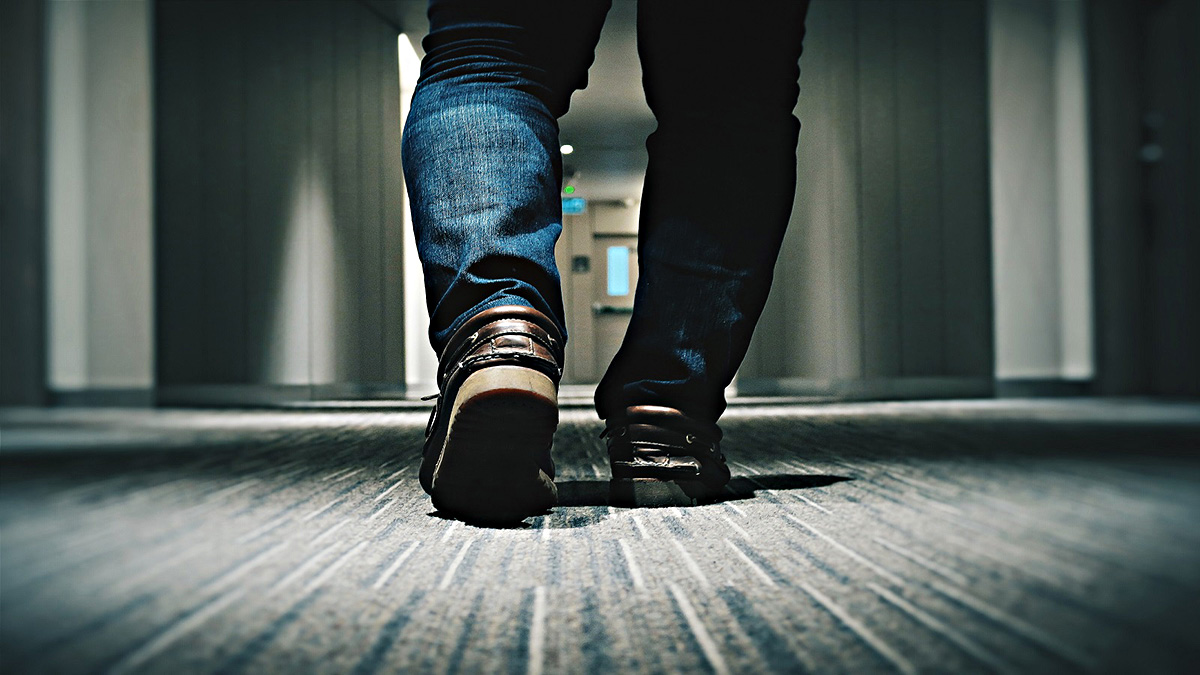
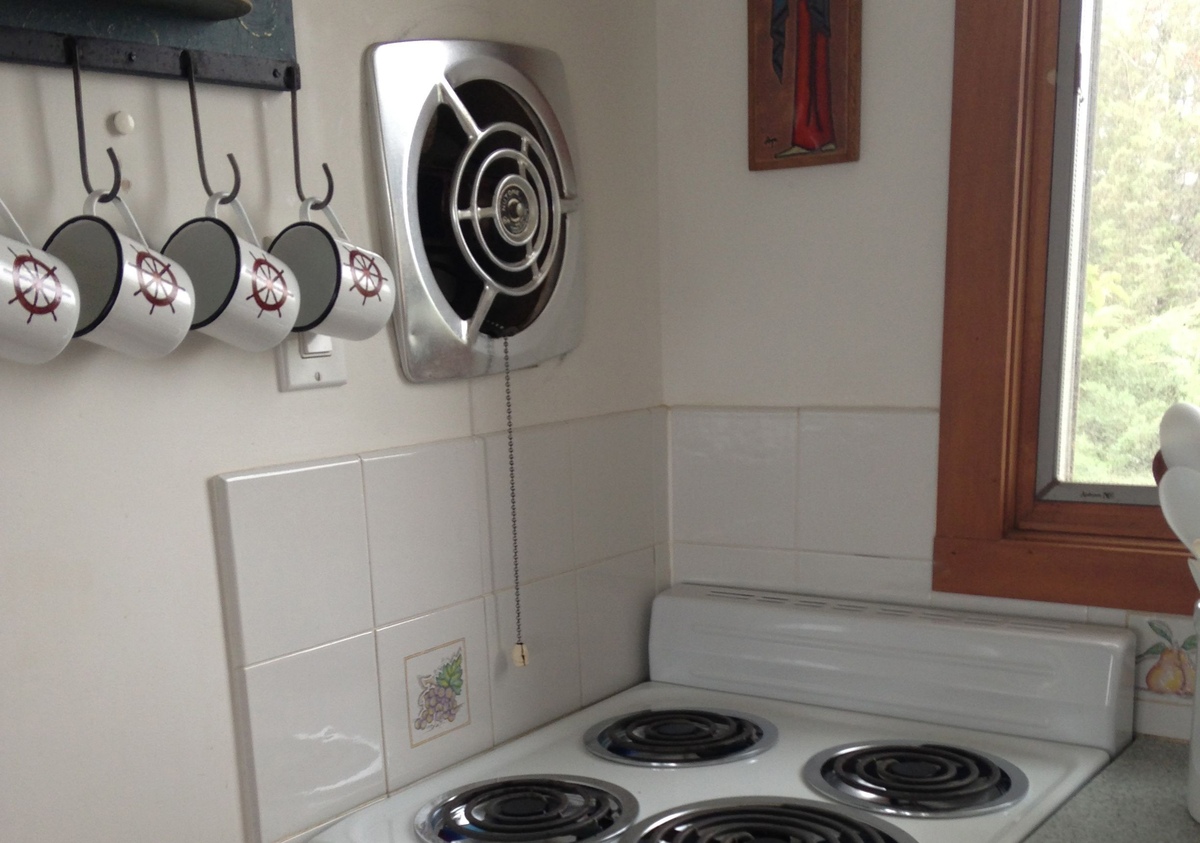
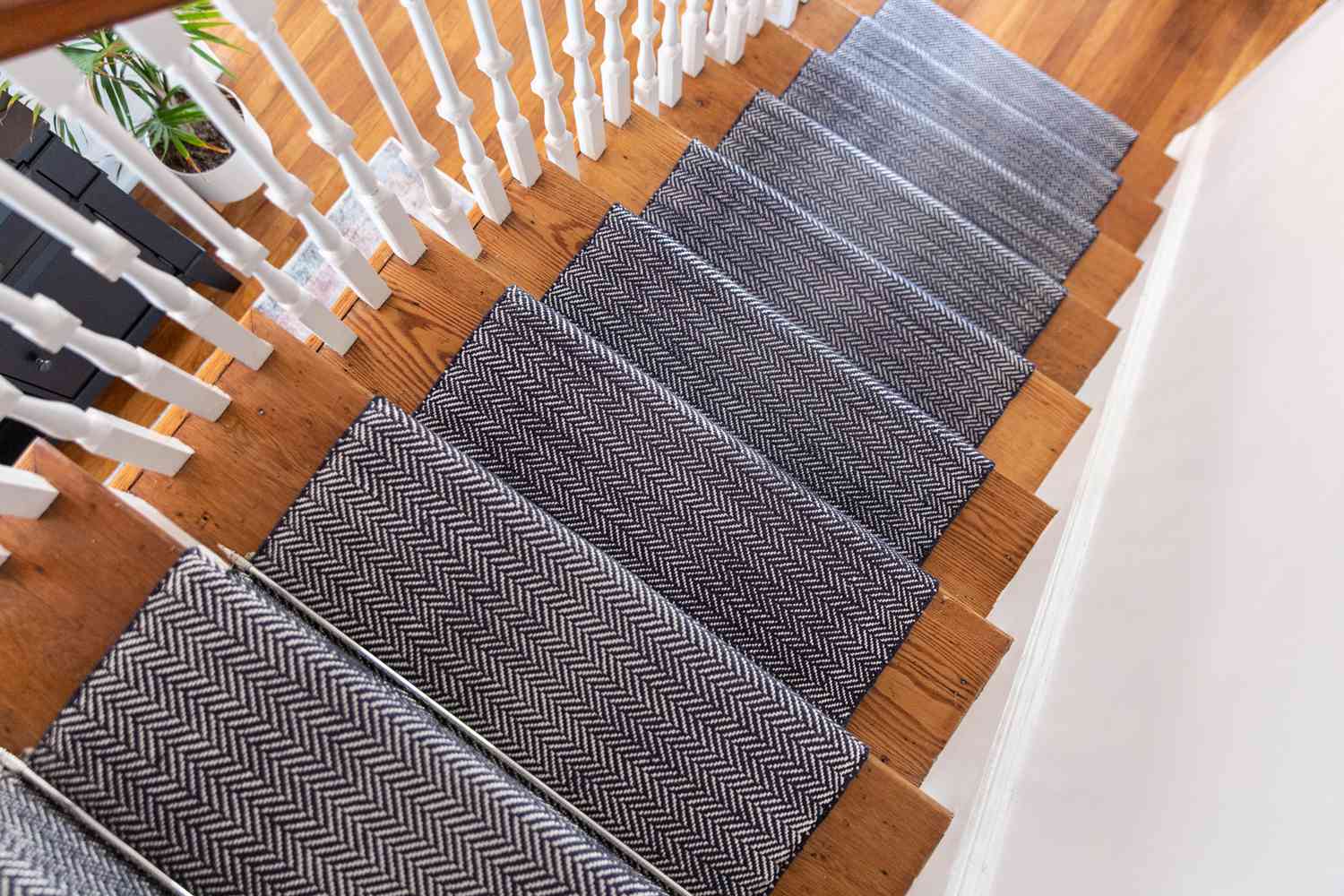
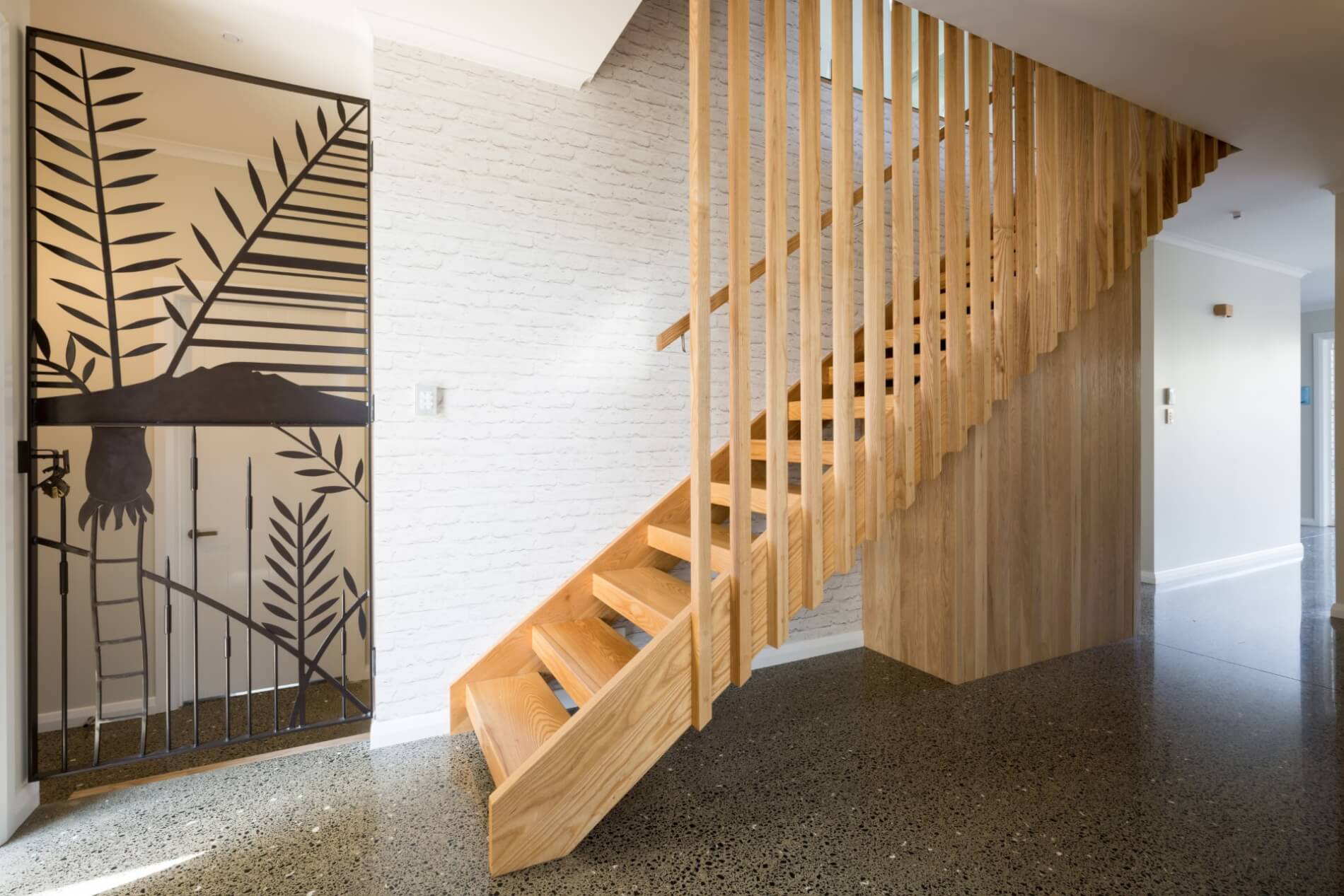
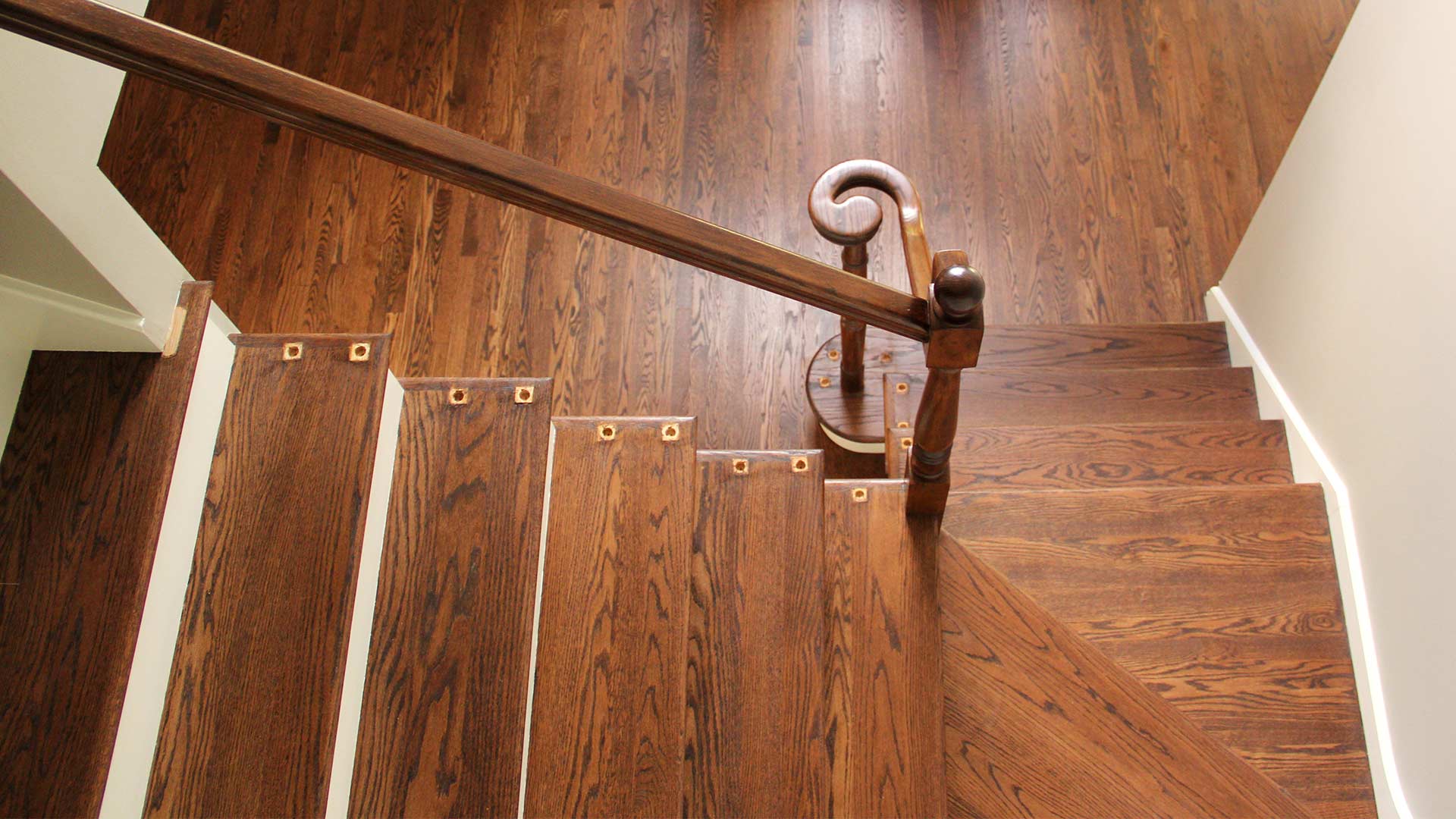
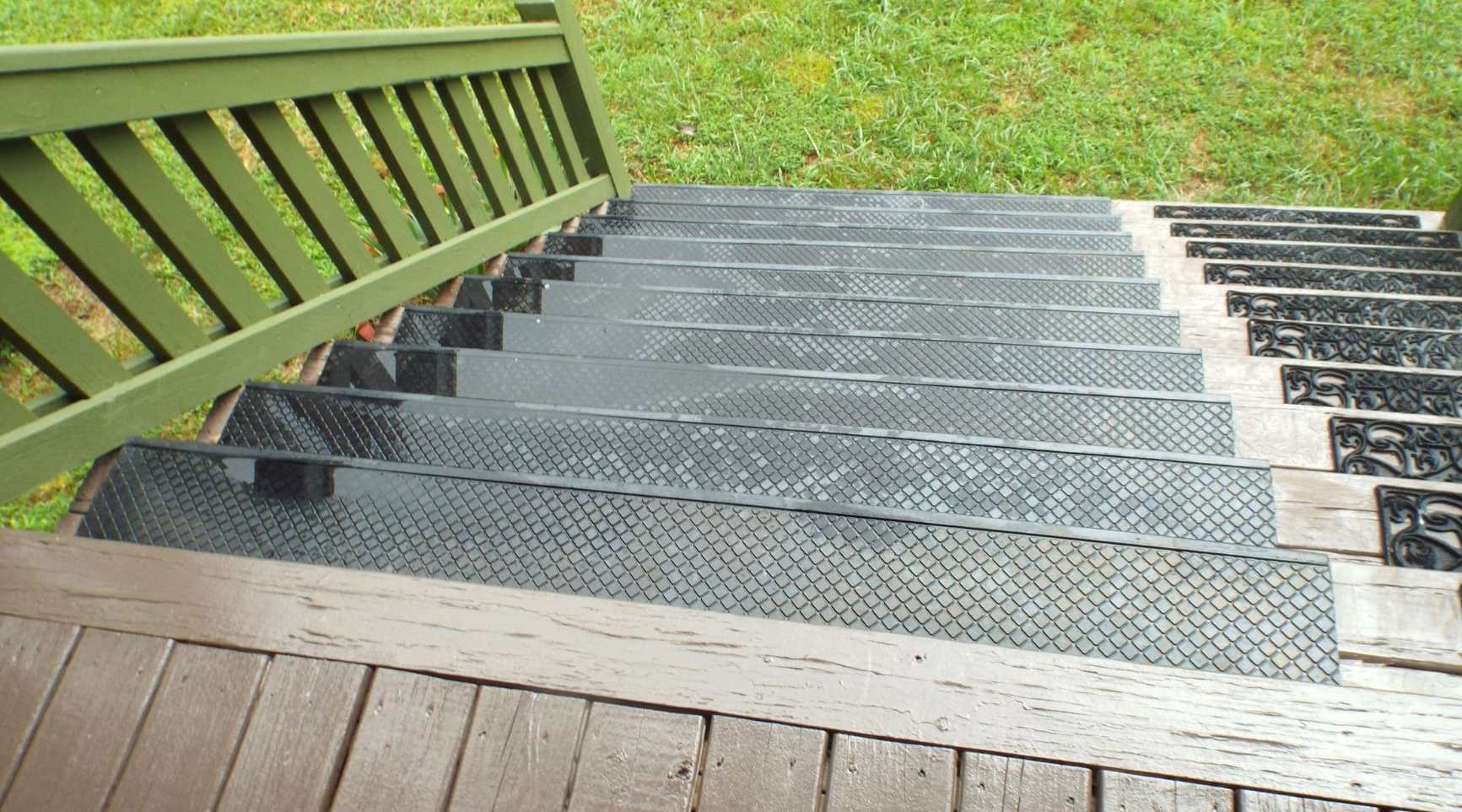
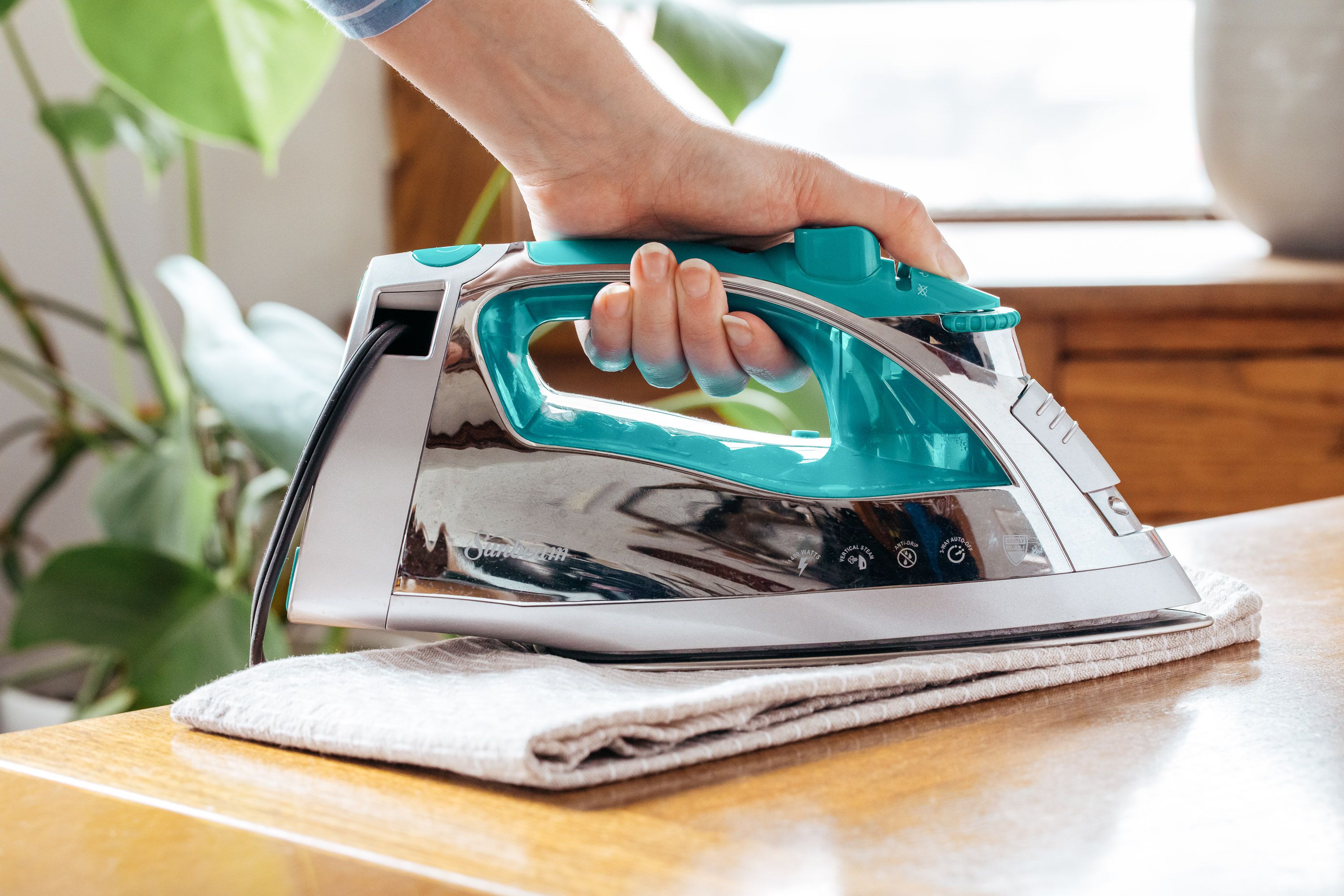
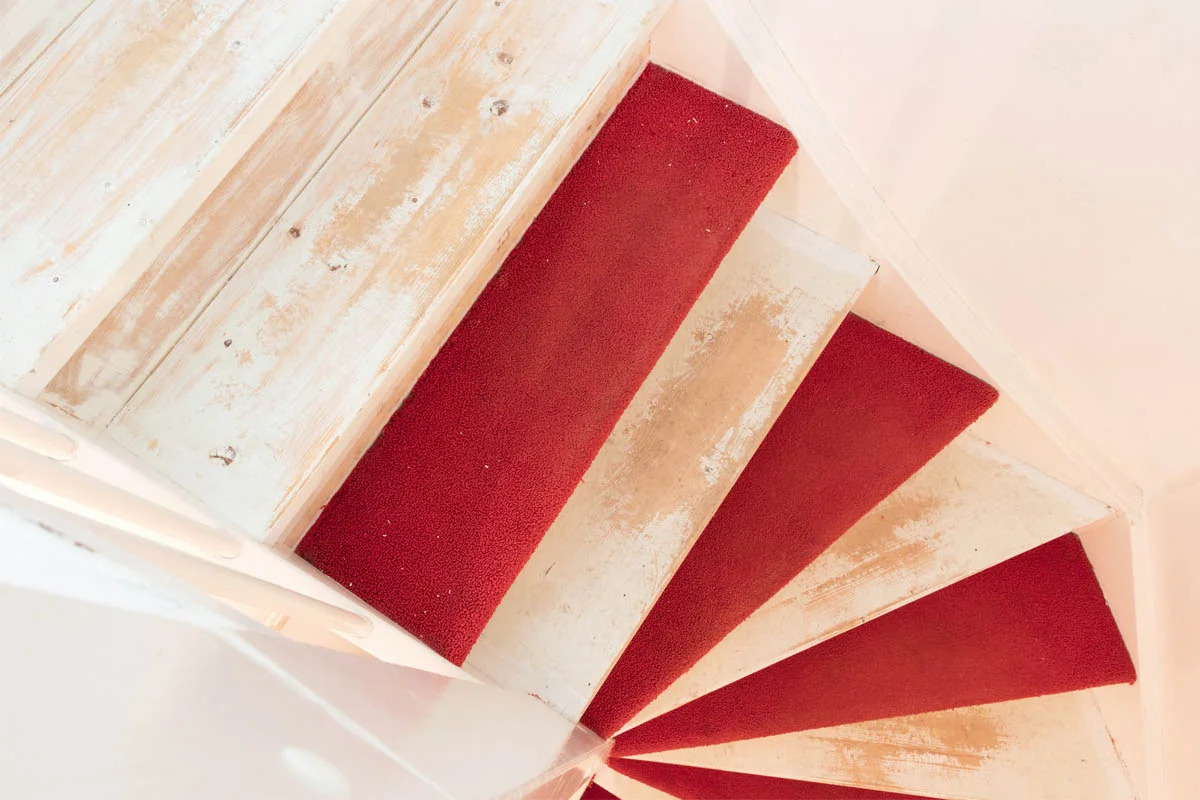

0 thoughts on “How To Reduce Noise From Wooden Stairs”